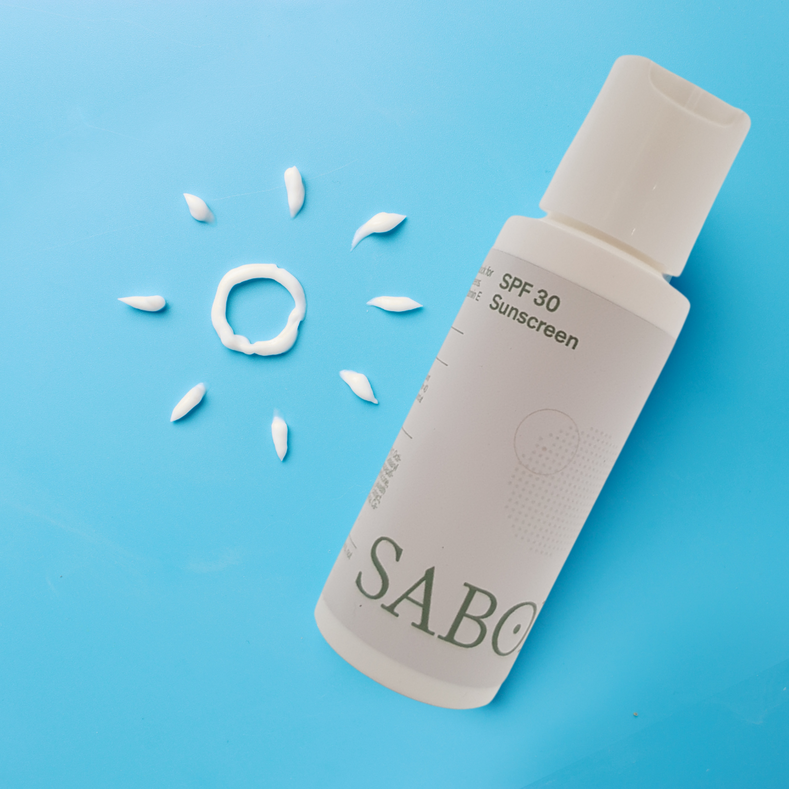How sunscreen protects our skin.

How Sunscreen Protects.
Have you ever thought how sunscreen actually works?
Do you know how the SPF rating is formed?
With summer now here and burning causing cancers and premature ageing of the skin, it is helpful to know how we can protect ourselves.
I have spent a lot of time outdoors so was interested to learn how sunscreen protects the skin, what the difference is between mineral vs chemical sunscreen, and does a SPF 50+ really give us more protection and benefits?
SPF stands for Sun Protection Factor. The number of SPF tells you how long the sun’s UVB rays would take to redden or burn your skin if you apply the sunscreen exactly as directed compared with the amount of time without sunscreen.
So, if you use an SPF 30 product properly, it will take you 30 times longer to burn than if you used no sunscreen. For example, if you would burn without a sunscreen in 10 minutes, applying an SPF 30, means you can stay in the sun for 30x10 minutes. (300 mins or 5 hours).
BUT, are we applying the sunscreen like they do when testing it in the laboratory?
When testing sun protection factors in the lab, it is done so by coating the skin in sun cream. In reality we only put on half this amount, thinking we will be protected for 5 hours, but really it’s more like 2.5 hours. This is a significant factor with regards to why we still get burnt.
Another important consideration: Sunscreen breaks down on skin over time, which means you must reapply every two hours to continue getting the level of protection noted on the product’s label.
Sunscreen Varieties
Sunscreen includes active ingredients that help prevent the sun’s UV radiation from reaching your skin. There are two types of sunscreen on the market;
- Physical sunscreen ingredients which include zinc oxide and titanium dioxide. These work by physically blocking and scattering the sun’s rays.
- Chemical sunscreen ingredients such as avobenzone, homosalate, and octinoxate. These work by absorbing UV rays before they can damage your skin.
No matter the SPF, reapplication every two hours is key. Sunscreen must also be reapplied immediately after swimming or sweating.
When used as directed, sunscreen is proven to:
- Decrease your risk of skin cancers and skin precancers. Regular daily use of SPF 15 sunscreen can reduce your risk of developing squamous cell carcinoma (SCC) by about 40 percent, and lower your melanoma risk by 50 percent.
- Help prevent premature skin aging caused by the sun, including wrinkles, sagging and age spots.
- Always remember prevention is better than cure, so protect your skin as much as you possible can!
Saboré’s SPF 30 Sunscreen Lotion is the perfect sunblock for those that don’t like oily or heavy feeling sunscreen, but who do not wish to compromise on sun protection. As it is water and sweat resistant it is the ideal sun protection for athletes, walkers, runners and swimmers. It has the consistency and feel of a light moisturising lotion and has a pleasant fresh scent. Natural ingredients like Sunflower seed, Aloe Vera, Vitamin E & Titanium Dioxide to help protect and moisturise your precious skin. It is so gentle that it can be used on sensitive skin, applied to the face/body, plus used toddlers. Sabore's SPF 30 can be worn under makeup and is suitable for vegans as it has no animal ingredients.
